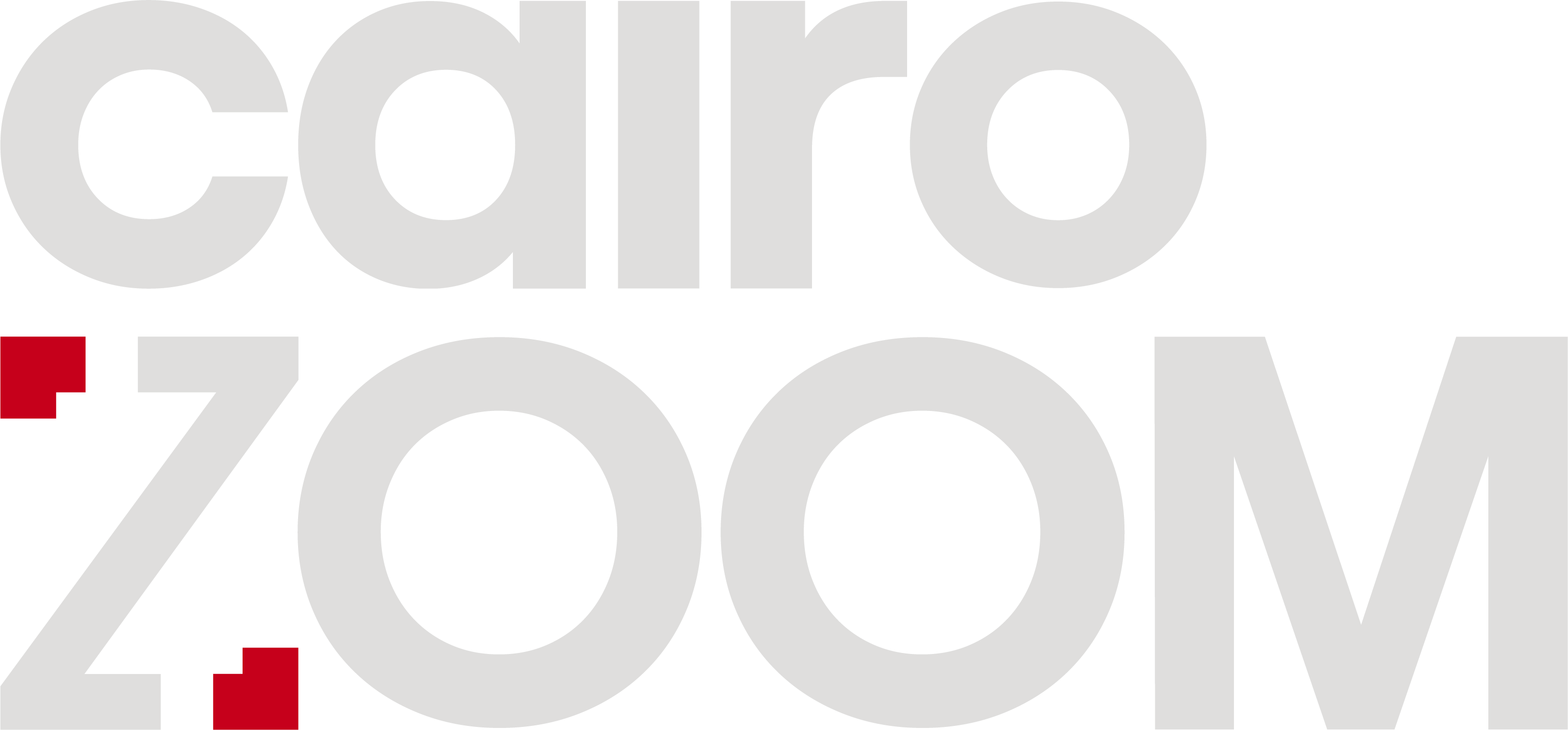Cairo Art Book Fair Weaves the Threads of Egypt’s Fragmented Art Scene
The two-year-old self-made annual fair travels to amplify the voices of local and regional artists on the global stage.

Within the rich grid of Cairo's hidden art scene, you might discover some loose threads - missing connections and overlooked conversations. To help bring these disparate pieces together, Nour El Safoury and Marwa Benhalim, two acquaintances in the art world, leveraged their extensive experience in curation and publishing to launch the Cairo Art Book Fair (CABF).
Celebrating art in publication, the annual fair runs over three days, featuring a diverse array of exhibitors alongside a dedicated public program section. This segment explores key issues in independent publishing within the art world through discussions, readings, talks, panel discussions, and book launches. The fair takes on the synergetic role of surfacing the underground art scene, connecting the missing links between the small and independent publishing industry with the art community.
“I wanted to connect with others who share similar interests - not just to create a platform for exchanging knowledge and experiences, but to also build a community of readers passionate about art books,” Nour El Safoury, co-founder of Cairo Art Book Fair, tells CairoScene.

Debuting at the Athens Art Book Fair in September 2022, CABF embarked on a globetrotting journey, showcasing homegrown and regional publications at international art book fairs. Over the past two years, they've stopped at eight fairs, including Offprint London, Borderless Istanbul, Sprint Milano, and will be featured next month at the Venice Art Book Fair.
"This became our primary format: travelling the world with books from Egypt and the region while hosting the fair annually in Cairo. These two pillars remain crucial and significantly support our operation,” El Safoury says.
"We don’t travel for exposure. We travel to amplify the voices of the artists on a global stage, reaching beyond our regional frontiers," Marwa Benhalim, co-founder of Cairo Art Book Fair, adds.
_28_11zon-a1e2c8f4-9f25-49ca-9eb2-05f557006233.jpg)
Being a self-funded, DIY fair has had its perks, but finding the right venue for its annual Cairo edition has been an ongoing challenge. Nour and Marwa had to creatively repurpose spaces not originally meant for cultural events, all while seeking affordable options. Accessibility was also a crucial parameter; they needed venues located near a metro station and other transports, as well as visible from the street, to attract passersby.
By choosing historically relevant locations, they reinforced the fair’s connection to the city's rich artistic and literary history. The heart of Downtown Cairo was the setting for the inaugural Cairo edition of the fair, held at Startup Haus Cairo in December 2022. The following year, in December 2023, the fair was hosted at the recently renovated historic Ghurnata Palace in Heliopolis. This year, from December 12th to the 14th, the fair will return, with the location still pending.
_30_11zon-1cbac45c-a467-40d3-9fec-7aeb203bc5bb.jpg)
Spotlighting the fair’s success is the rising number of applicants from 57 in its inaugural year, 2022, where 30 exhibitors were accommodated, to 130 applicants in 2023, featuring 50 exhibitors.
“During the first year, we received 1,500 visitors over the course of three days. The next year, we had 5,000 visitors, meaning the number of visitors per day tripled,” Benhalim explains.
From its inception, the founders worked diligently to ensure the fair was not seen as an alien concept but as a continuation of Cairo's rich cultural heritage. At the heart of the fair's growth and initiation was a clear focus on diversity, which proved crucial to its success and reach. “At one point during the second edition, we were surprised to discover a field trip from Ain Shams University’s medical students. This was beyond our expected reach,” Benhalim says.
_29_11zon-7a77603a-fdb5-401f-a7c3-705ec38468a7.jpg)
The independence of this Cairene art sanctuary is underscored by the voices of the community calling for it. "Our reach is not driven by traditional advertising,” El Safoury explans. “It relies primarily on word of mouth, complemented by a few Instagram ads. This organic spread and success are truly driven by the community, for the community."
Marwa and Nour have intentionally developed a selection process that is designed to help the diversification of both exhibitors and attendees. “Of course, we would love to accommodate everyone who wishes to exhibit, but we face constraints with space and budget. Therefore, we must be selective to ensure a diverse range of exhibitors,” El Safoury says.
_35_11zon-3da73b3f-35c2-4d9e-97a9-13640be9ec4e.jpg)
The criteria include such considerations as how long exhibitors are in the business of publishing, with an emphasis on seriousness and sustainability in the region, while still allowing space for those who have published just one or two books. Geographical parameters is also a key factor, with substantial effort made to reach out to practitioners across the region, including Lebanon, Libya, Morocco, Tunisia, Sudan and many others, while addressing various types of publishing.
In light of the current ongoing genocide in Palestine, both founders are exploring ways the fair can contribute to creating a safe space to raise awareness. As part of their action plan, CABF decided to allocate a portion of their profits from international trips as donations for Palestine.
During the second edition of the fair, Benhalim and El Safoury broadened their focus to include Palestine-relevant artworks alongside a dedicated public installation. Positioned centrally in Ghurnata’s main hall, the installation featured a table draped with a red cloth, showcasing an abundance of printed materials - poetry, texts and various art forms - addressing the colonisation of Palestine. This setup allowed each visitor to engage with the theme by creating their own Palestine-themed publications.
_32_11zon-9ea99e5d-3412-4472-90cc-ad17e9f5db60.jpg)
This edition of the fair was distinguished by its unprecedented diversity, showcasing a series of events over three days that highlighted Egypt's multifaceted demographics. One corner featured a group in serene prayer, their tranquillity contrasting with the lively play of children nearby. In another area, artists engaged in vibrant discussions and debates, contributing to a dynamic and inclusive atmosphere throughout the event.
"What we're witnessing is that the fair has established a bridge between various stakeholders, with the fair serving as the intermediary. For instance, an art library in Alexandria might visit the fair in Cairo, find books they admire, and start incorporating them into their collection. This could spark a ripple effect, fostering growth and expanding connections,” Benhalim says. “We don’t view ourselves as distributors. Instead, we see our role as that of a mediator and connector."
_34_11zon-7f30c944-49bc-42cf-820c-64624a383813.jpg)
Bringing together art books, zines, publications, publishers, thinkers, editors, artists, cultural workers, and readers, the fair offers a unique opportunity to explore and celebrate the diverse publishing practices thriving today. For more information, the Cairo Art Book Fair’s dedicated Instagram page at @cairoartbookfair provides essential insights about their upcoming and past events, including their application forms, deadlines, event dates, locations and other relevant updates.@cairoartbookfair
Photography Credit: Mohammed Helmy
- Previous Article hhhhhhhhhhhhh
- Next Article Travel Across History on Egypt's Most Iconic Bridges
Related Articles
Trending This Week
SceneNow TV
Events Calendar




















